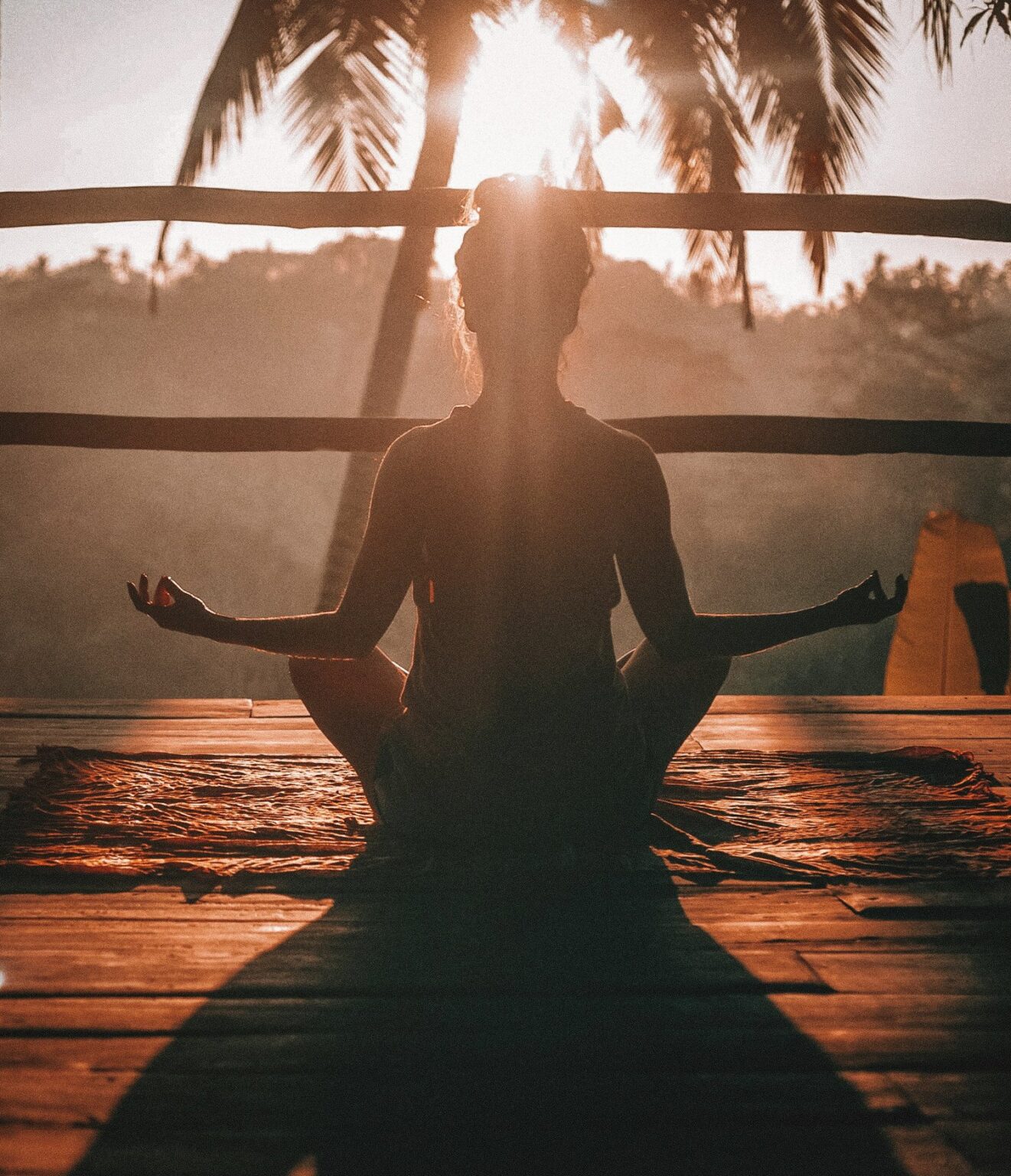
By Sarah Webb, Guest Contributor
It began with a diagnosis: idiopathic scoliosis. A large spinal curve in my left lower back, with a complementary twist behind the right shoulder blade. The orthopedist scrutinized my glowing X-ray, then picked up a red grease pencil, protractor, and ruler, swiftly mapping the silvery image. In an instant, I felt my ten-year-old body disappear beneath the indelible markings. I had become a site of intervention, a series of symptoms.
A problem to be solved.
And so began an odyssey of wearing a series of braces, each named after a different city. Milwaukee. Boston. Providence. The objective was to stop the growth of the curvature, an amazing race to reshape my flesh and bone. I was instructed to wear my brace twenty hours a day. Each morning, I dutifully stuffed my torso into the plastic and metal cage, cinching the velcro straps taut across my spine, swallowing myself whole.
A coarse corset correction.
I’ve realized over time how wearing a brace marked the beginning, mimicking the later ways I would continue to make myself small. How the pelvic girdle, intended to steady my hips, pressed against my abdomen, restricting how much I could eat until I became comfortable not eating; how the neck ring that held my cervical spine closed off my throat, limiting how wide I could open my jaw, silently encouraging me not to speak at all. My adolescent body was stretched between two unattainable polarities of female perfection, each shaping my sense of being broken and needing repair. While the eight years of bracing halted my spine from doubling back upon itself, scoliosis can never be “cured.”
The curves may be stunted, but the marks are still there.
As the years passed, especially after having children, first carrying them in utero, then subsequently balancing their growing bodies upon the ledge of my left hip, I developed a searing pain in my lower back. My first response was to instinctively do what I had always known to turn my care over to a specialist, asking him to relieve my pain. My doctor, however, suggested I consider an entirely different prescription:
Would I be willing to try a yoga class instead?
Which is how I tentatively found myself on a borrowed mat in a palapa in Mexico. It was 2004. My husband and I were on a five-day holiday celebrating our tenth wedding anniversary. Five days away from our children. Five days to reconnect. Five days away from the reality that his mother’s five-year battle with breast cancer was entering the final chapter.
I can’t remember much about that first class, nor what we practiced, but in my tightly managed existence devoted to caring for others, and after a lifetime of not listening to my body, not feeding my body, not feeling my body, permitting myself to be guided by the cadence of my breath rather than yielding to the call of others, an act so simple was already profound.
I took the first step in choosing myself.
When I returned to our bungalow, I told my husband, “I’m not sure what just happened, but I’m going back to the palapa tomorrow.” And for the rest of our vacation, I did.
After returning to Rochester, I found a yoga studio and began to practice, quietly unrolling my mat in the back row. It was in those early classes, as a wobbly beginner, that I began to learn a new physical vocabulary of form and shape. Slowly, my body became familiar with the poses of practice. I learned to root my feet firmly into the mat to flex into my front knee as I engaged my quadriceps. I learned to inhale, lengthen my torso, and stretch my arms triumphantly towards the sky.
I became a Warrior.
As my vocabulary of poses increased, I built new muscle memories. I became acquainted with the potential of creating internal accountability through listening and receiving my breath. Each pose became a new tool and teacher for me to explore and create a new relationship with my physicality.
From believing I was a body broken and constricted, I became a body empowered.
Whereas my brace had been my cage, implying structure, my mat became my map, allowing me to explore and expand the topography of my body. Slowly, I came to believe that there existed more than I knew within me.
The first time a teacher adjusted my right hip in a forward fold, allowing me to distinguish how I could subtly direct breath into my lower back to de-rotate and internally fill the concave divot, was nothing less than revelatory. Until that moment, I had associated the same posture akin to the scoliosis screening in PE, in which we were instructed to touch our toes, one in which I always felt shame as I was re-diagnosed in front of my peers, year after year. And in that moment, I began to let go of the oppressive internal judgment I had carried my entire life.
I allowed myself to be more than my symptoms.
While an orthopedist identified my spinal column’s twists and bony protrusions as “scoliosis,” I did not have to live from his pronouncement because a diagnosis isn’t the end of the story; it’s merely the beginning of naming oneself. Recovery can embody many forms, but I have allowed asana to be my invitation to choose my own adventure and heal.
I celebrate my curves and trace my spine’s crooked path as the story of my own embodied wisdom, allowing my breath to nourish me as my voice, my appetite, my song.

